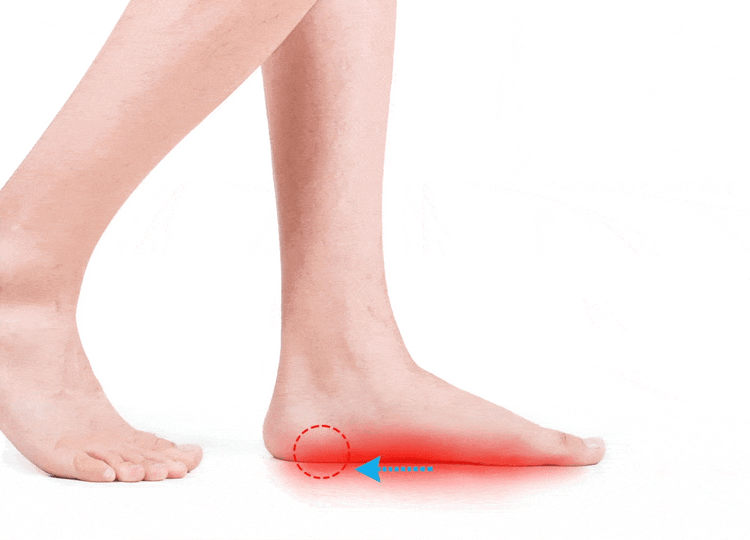Orthotic insoles are prescription medical devices that are worn in the shoe to fix foot problems and reduce pain. They're custom-made to fit your feet and therefore are designed to are quite a long time, during a period of several years. They're removable, to help you use them along with different pairs of shoes.

Orthotics must be prescribed by a qualified podiatrist building specialist orthotics service. For the reason that making the right prescription requires having the capacity to carry out a detailed assessment of biomechanical dysfunction within your foot and analyse the result in your gait.
Exactly why are orthotic insoles needed?
There's a great deal of conditions which can affect feet and exactly how you walk, including:
diabetes
plantar fascitis
Charcot-Marie-Tooth syndrome
arthritis
metatarsalgia
Sever’s disease
flat feet
medial stress syndrome
bunions
Fitting bespoke insoles can reduce pain, increase the way you walk, reduce stress on the rest in the body, and halt or prevent the develop of foot deformities.
How are orthotic insoles custom-made?
A basic appointment should take at least forty minutes, in which the podiatrist will complete a detailed assessment with the problems with your foot and the way they modify the way you walk. The podiatrist should then decide whether orthotic insoles work best form of a treatment, or if an alternative treatment would be far better.
Most orthotic insole services involve scanning you to make the model for the insoles. Some clinics can provide “express” services which manufacture and provide the insoles on the day that. Fitting could be the final stage in the process. It’s imperative that you bring along these comfortable shoes you wear essentially the most, because while insoles are easy to remove and reused in various shoes, they are made to perform most optimally a single pair. If you are given a plaster cast of your respective feet, you should bear this as it may be familiar with design any replacements.
Aftercare
Insoles are built to are many years, however in the event that they can break or need repair, the clinic should provide a maintenance and repair service.
Alternatives to this treatment
Orthotics can be useful for correcting a variety of biomechanical problems inside the foot, but are not always the correct treatment or perhaps the whole solution. Sometimes, proprioceptive insoles could be a better solution if poor posture could be the principal problems you might be experiencing.
Foot problems can also affect what shoes you are able to wear. In this case, you may benefit from adapted footwear as well as orthotic insoles. In addition there are a variety of orthotic devices apart from insoles that may better treat your problem. These units include fabric supports, graphite leg supports, ankle braces, and knee braces.
Finally, some conditions, such as iliotibial band syndrome, might be better managed along with other treatments entirely, including physiotherapy and stretching exercises.
More information about bolest chodidiel take a look at this useful webpage
